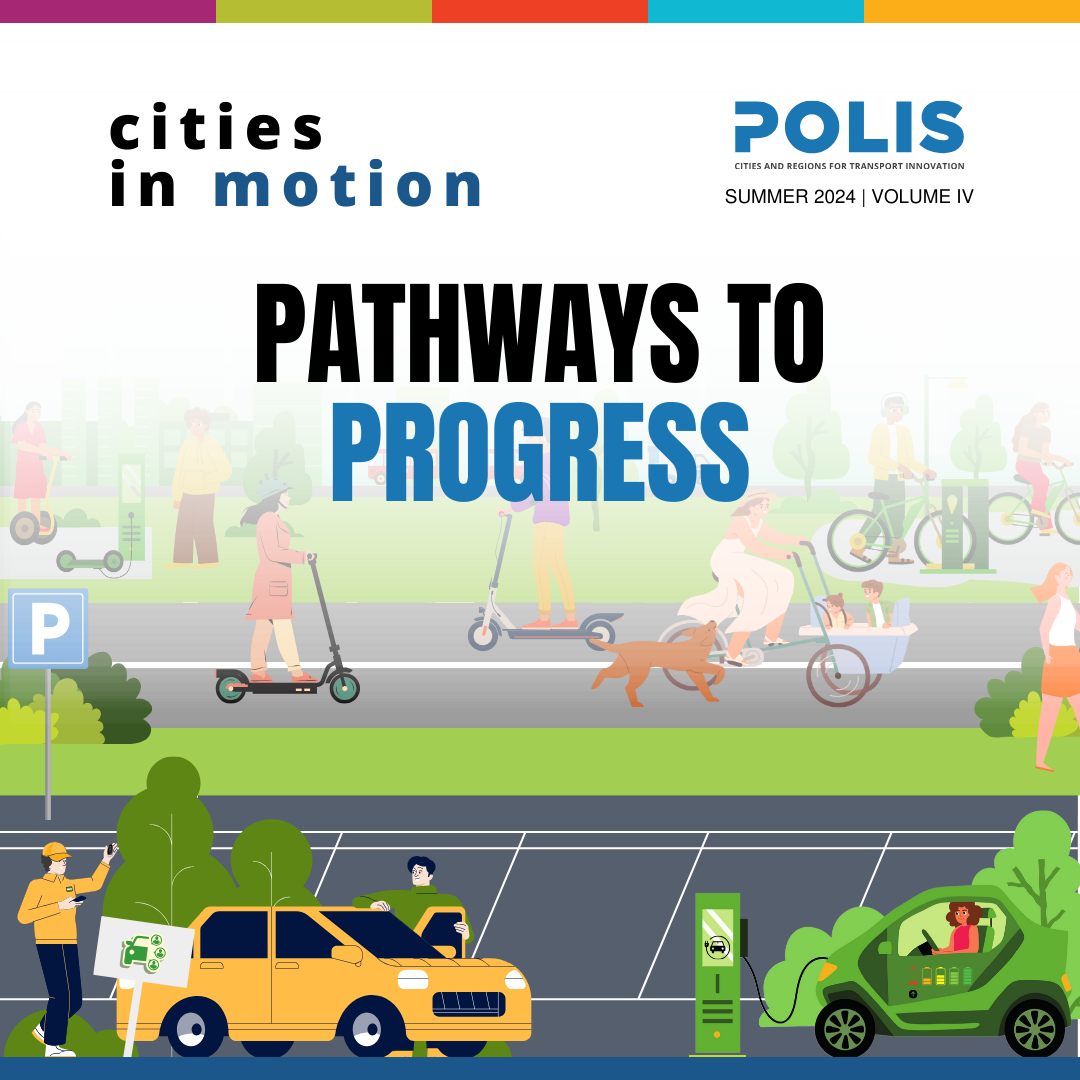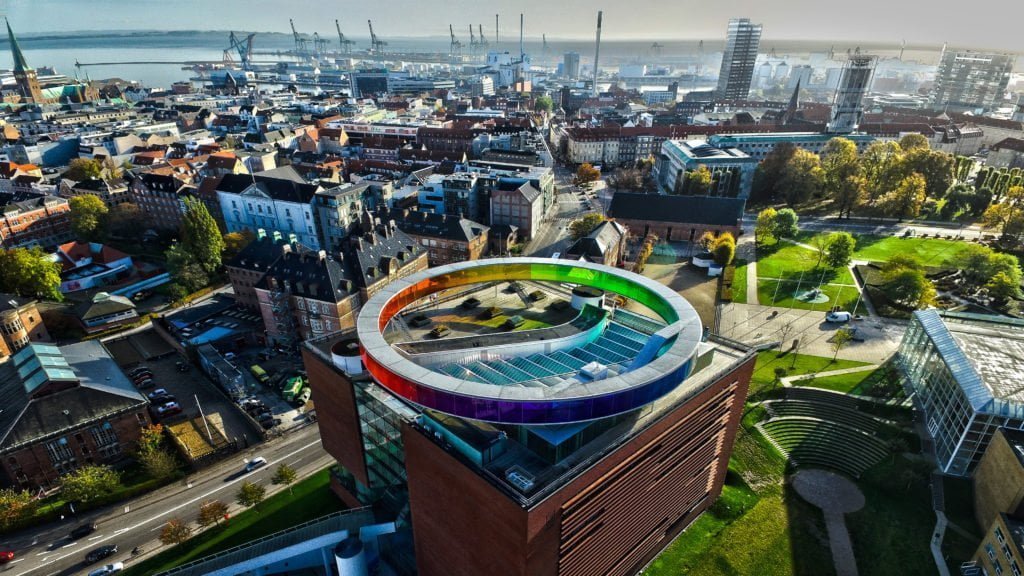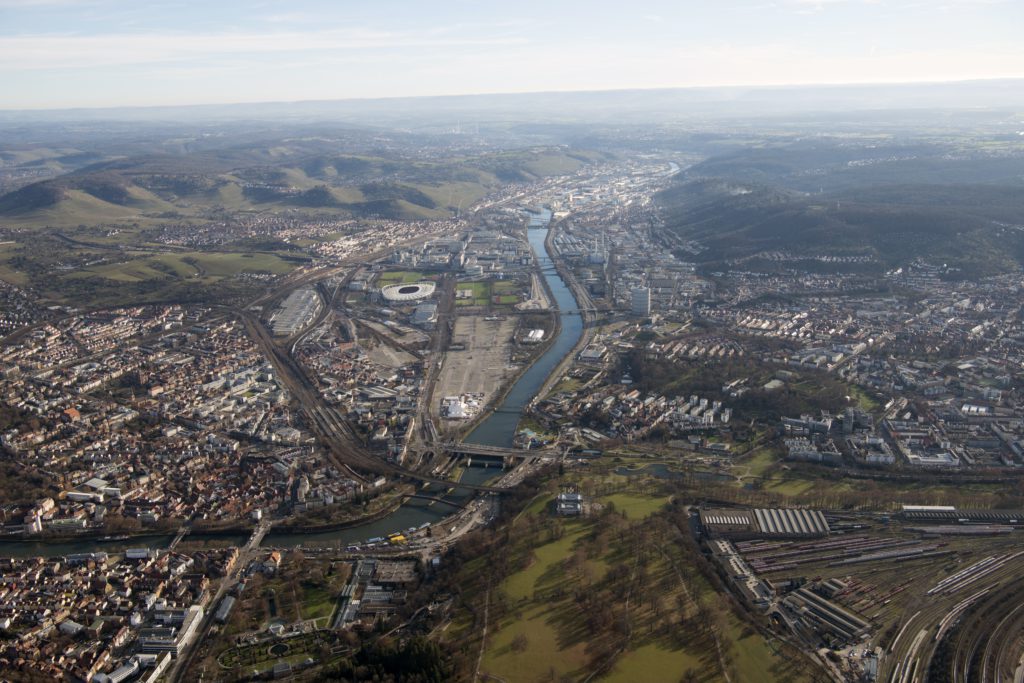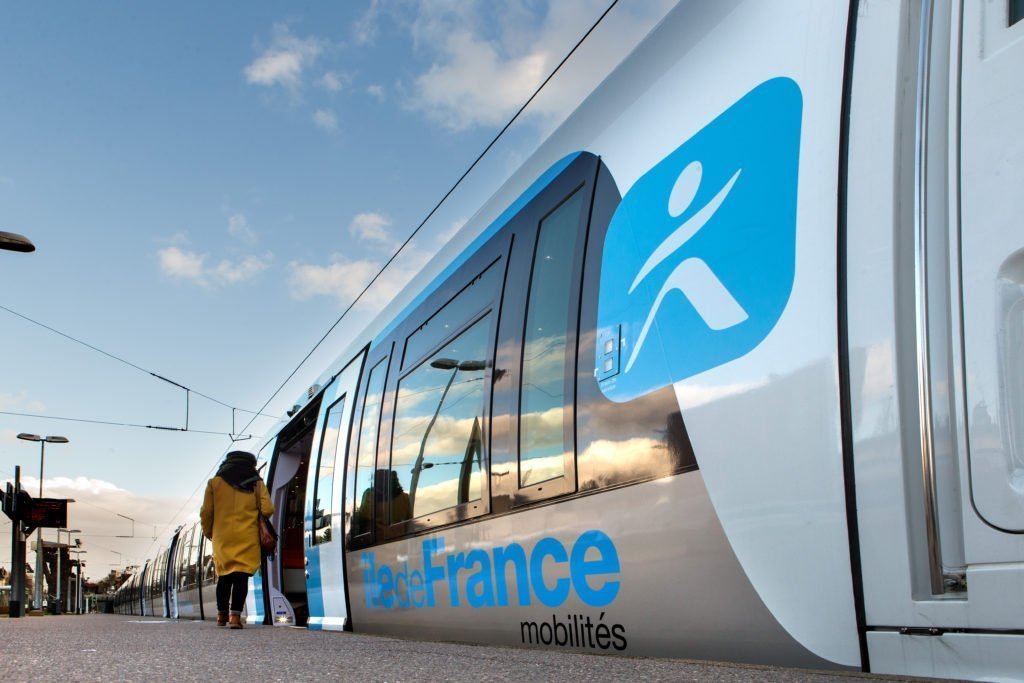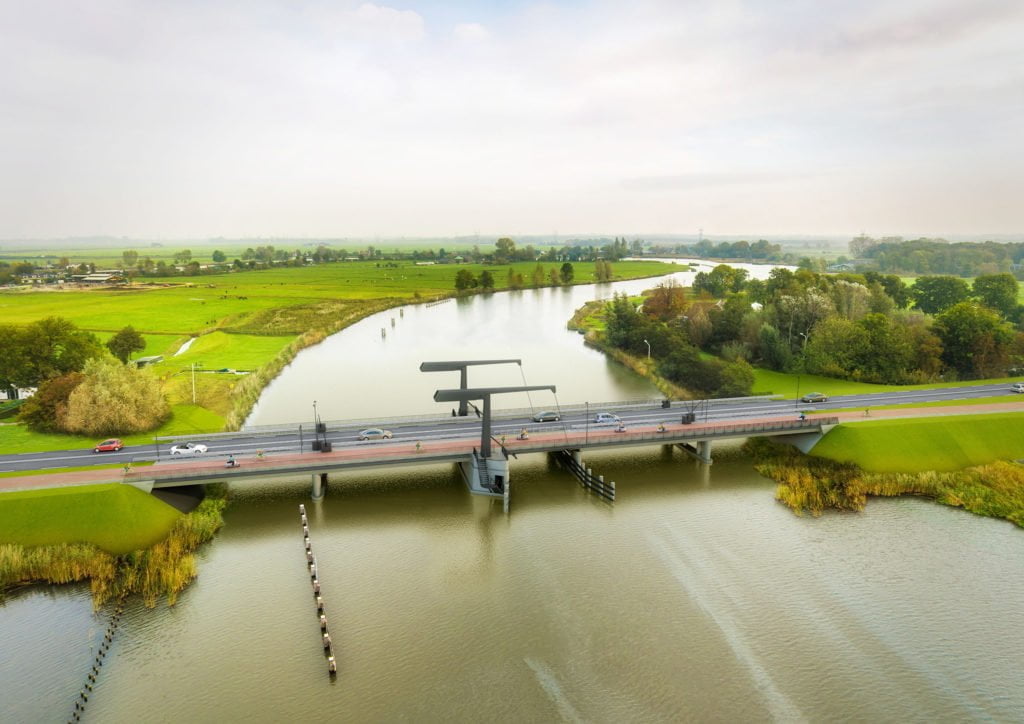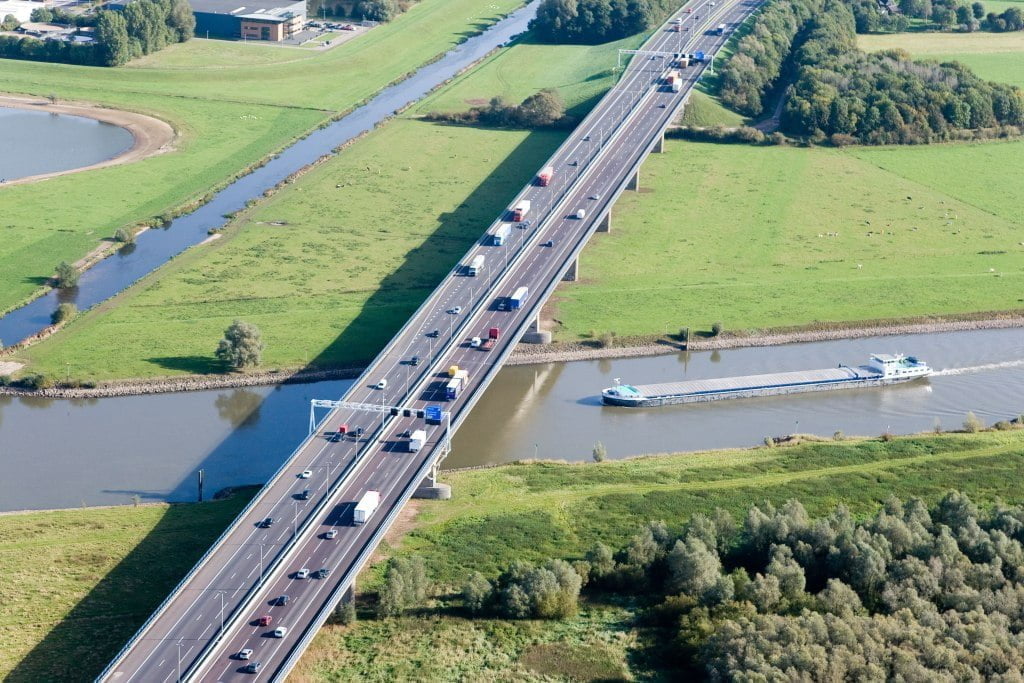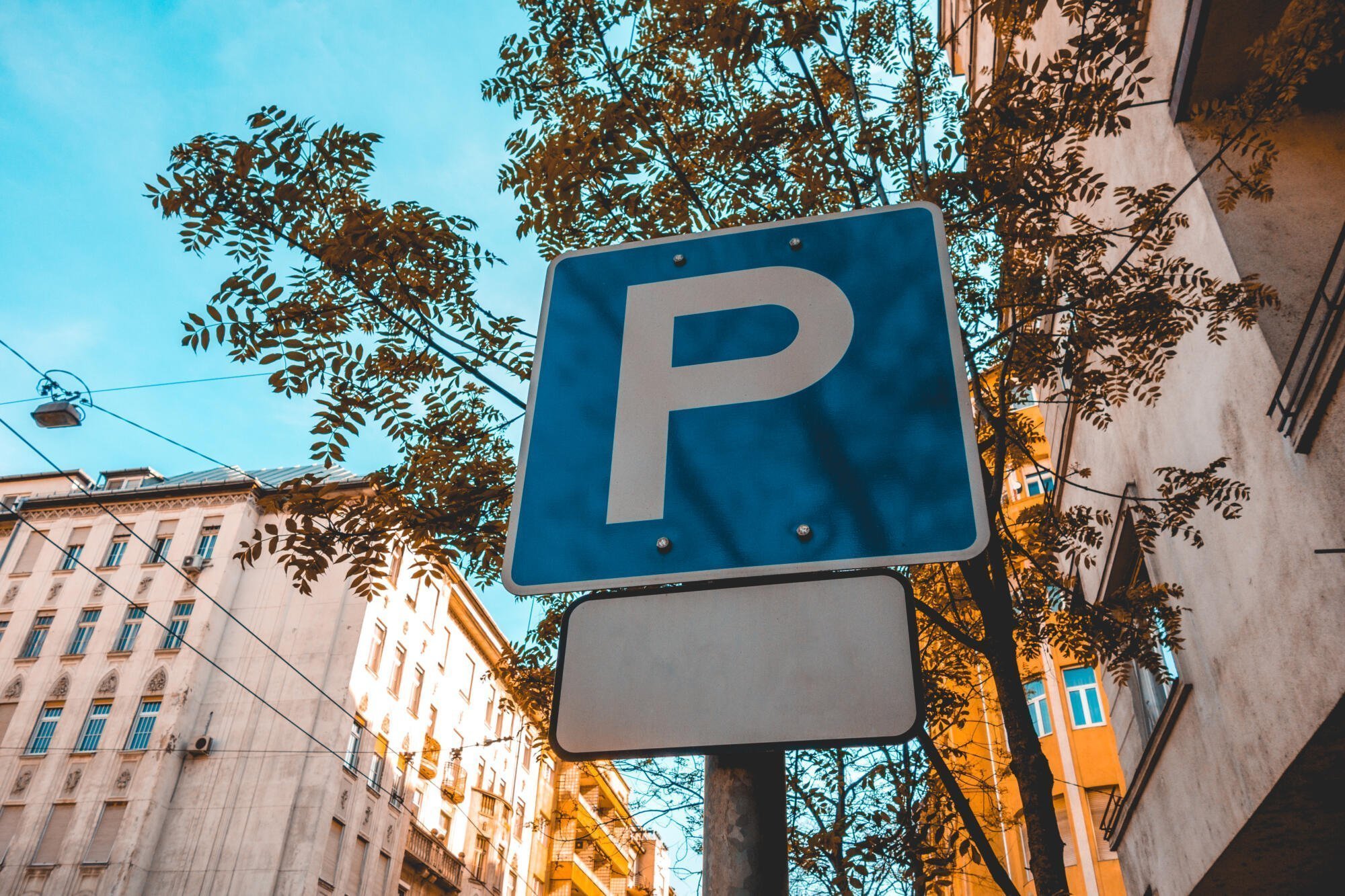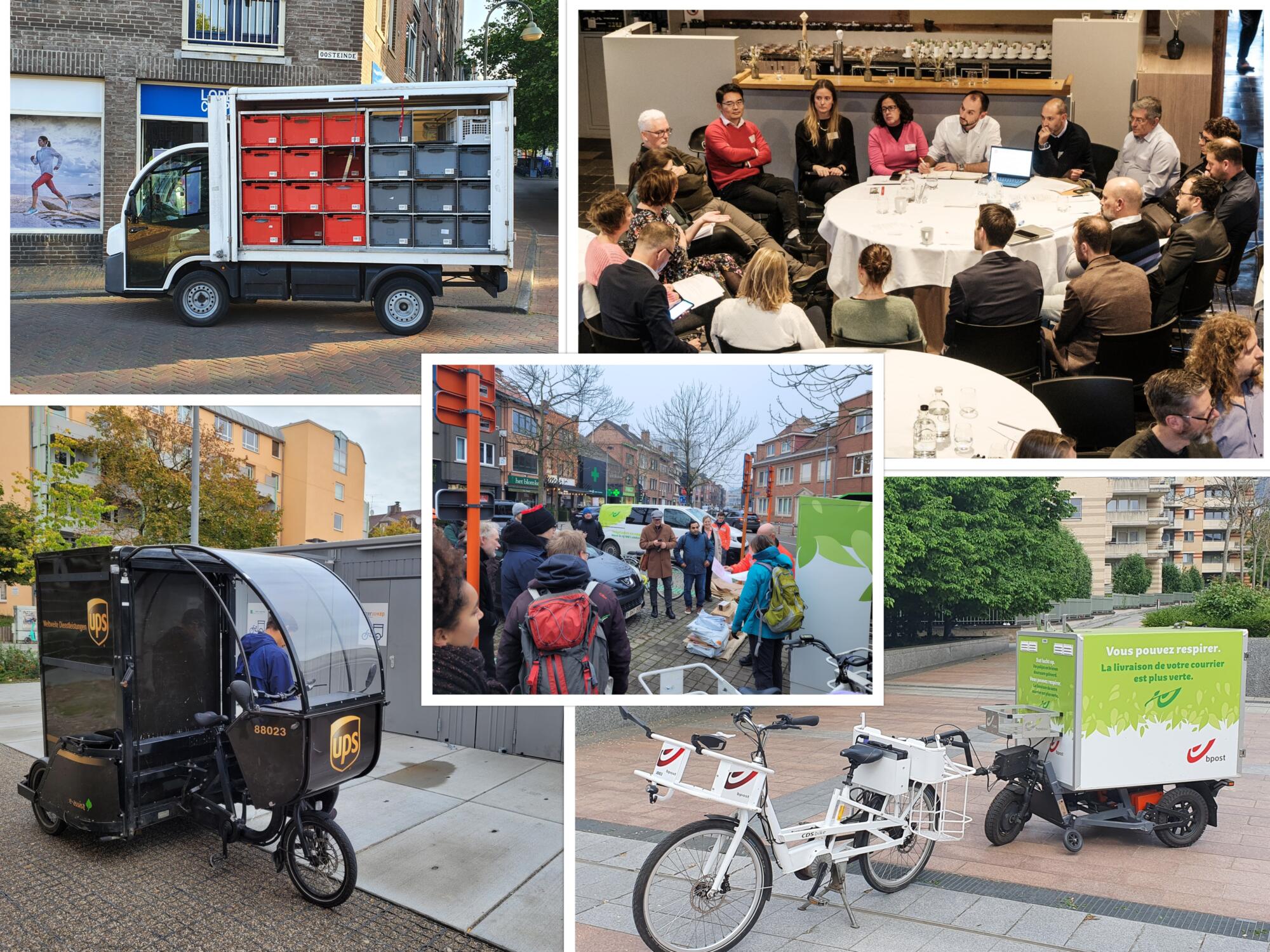Cities in motion - Volume IV: 'Pathways for Progress'
The fourth volume of Cities in motion, titled ‘Pathways to Progress,’ explores the transformative power of holistic sustainable urban mobility solutions.

Scan the QR code
Our articles spotlight the integration of climate adaptation, technological innovation, community involvement, and collaborative governance in transport planning, showcasing the collective efforts of stakeholders dedicated to creating safe, efficient, and sustainable journeys for everyone.
Insights from mega-events to micromobility
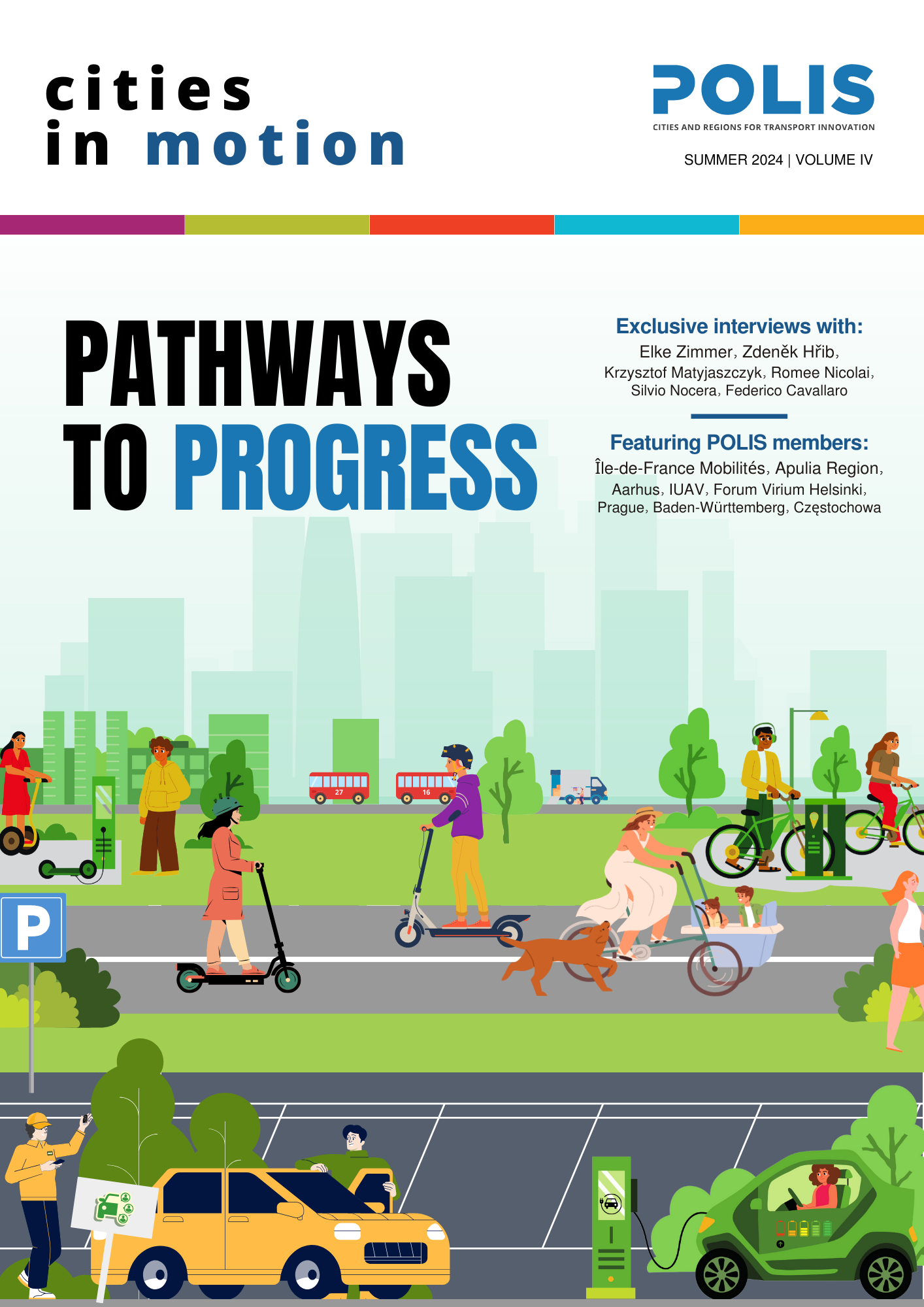 In exploring this theme, we cover a wide range of topics, from mega-events to micromobility. One such mega-event is the 2024 Olympic and Paralympic Games, for which Île-de-France has prepared a fully integrated mobility approach. The region is ensuring seamless and inclusive travel for millions of spectators, setting the stage for long-term modernisation and connectivity, and providing a model for metropolises worldwide.
In exploring this theme, we cover a wide range of topics, from mega-events to micromobility. One such mega-event is the 2024 Olympic and Paralympic Games, for which Île-de-France has prepared a fully integrated mobility approach. The region is ensuring seamless and inclusive travel for millions of spectators, setting the stage for long-term modernisation and connectivity, and providing a model for metropolises worldwide.
Moving on to Baden-Württemberg, host of the upcoming 2024 Annual POLIS Conference, Secretary of State of the Ministry of Transport Elke Zimmer emphasises the importance of strategic parking solutions. These solutions not only promote eco-friendly transport and enhance road safety but also influence mobility behaviour, reclaim public spaces, and help achieve broader climate goals.
This issue returns to the topic of shaping mobility habits and involving local communities in urban planning through gamification. Projects like Block by Block and WohnRegion utilize video games such as Minecraft to engage citizens in designing public spaces, while the SuperBARRIO game facilitates inclusive urban planning through the collaborative creation of mobility solutions.
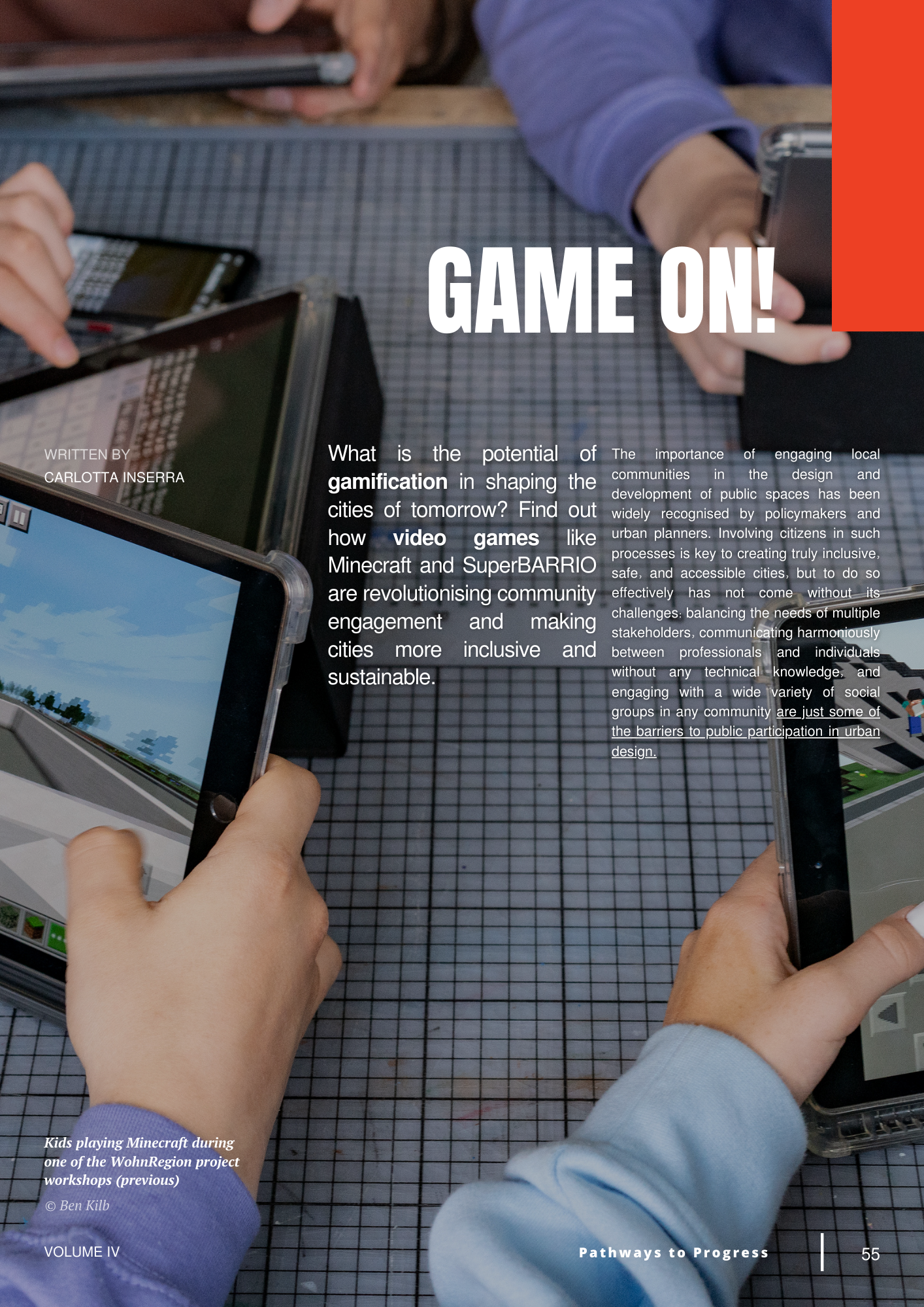 Cycling, a key component of sustainable urban mobility that is only increasing in importance, takes centre stage in multiple articles. The Province of Overijssel shows how it is integrating cycling with Intelligent Transport Systems (ITS) to improve safety, comfort and convenience. A stone's throw away in the west of the Netherlands, Amsterdam’s newly appointed Bicycle Mayor Romee Nicolai underscores the city's commitment to low-carbon travel and equitable mobility. Last, but not least, software tools such as Transoft's AutoTURN Pro demonstrate the effort to create safer and more inclusive cycling networks, essential for effectively integrating bicycles and e-vehicles into urban transport systems.
Cycling, a key component of sustainable urban mobility that is only increasing in importance, takes centre stage in multiple articles. The Province of Overijssel shows how it is integrating cycling with Intelligent Transport Systems (ITS) to improve safety, comfort and convenience. A stone's throw away in the west of the Netherlands, Amsterdam’s newly appointed Bicycle Mayor Romee Nicolai underscores the city's commitment to low-carbon travel and equitable mobility. Last, but not least, software tools such as Transoft's AutoTURN Pro demonstrate the effort to create safer and more inclusive cycling networks, essential for effectively integrating bicycles and e-vehicles into urban transport systems.
Innovations, safety, and sustainable plans
Other cutting-edge technologies, combined with collaborative governance, play a crucial role in the advancement of urban transportation. Projects like SOLUTIONSplus and the EIT Urban Mobility RAPTOR programme illustrate the creation of customized e-mobility solutions and smart city technologies, promoting sustainable urban mobility through innovative strategies and partnerships. Furthermore, innovative solutions manifest in diverse forms, from autonomous delivery vehicles navigating Helsinki's snowy streets to multimodal transport hubs blending rural and urban mobility in North Holland.
 As in previous editions, safety plays an important role – particularly in micromobility and on rural roads. Sustainable Urban Mobility Plans likewise are at the forefront, with Czestochowa's demonstration of comprehensive urban planning's transformative impact through its SUMP. National Support Programmes for Sustainable Urban Mobility Planning also feature prominently, underscoring their crucial role in standardizing and advancing sustainable mobility practices across Europe.
As in previous editions, safety plays an important role – particularly in micromobility and on rural roads. Sustainable Urban Mobility Plans likewise are at the forefront, with Czestochowa's demonstration of comprehensive urban planning's transformative impact through its SUMP. National Support Programmes for Sustainable Urban Mobility Planning also feature prominently, underscoring their crucial role in standardizing and advancing sustainable mobility practices across Europe.
This issue brings rarely spotlighted topics to the forefront, including studies on urban noise pollution, conversations about the link between climate adaptation and mobility justice, an exploration of Aarhus Municipality's carpooling initiative aimed at reducing CO2 emissions, and analyses of regional programmes and funding strategies in the Apulia Region.
Karen Vancluysen, POLIS Secretary General, said:
As we navigate the intricate pathways to progress for a more sustainable future, it becomes evident that the collective efforts of cities and regions across Europe and beyond are paving the way for a more connected and green world. Moreover, it is clear that the pursuit of sustainable urban mobility is not just about addressing present challenges but also about anticipating and adapting to future needs using a whole lot of empirical work and a pinch of bold creativity.
This edition shows that there are many pathways to progress that can complement each other and lead towards a more equitable and sustainable future for urban mobility. From innovative technologies to community-driven initiatives, each approach contributes uniquely to shaping a resilient and inclusive urban transport landscape.
Read Cities in motion Volume IV: ‘Pathways to Progress', HERE.
